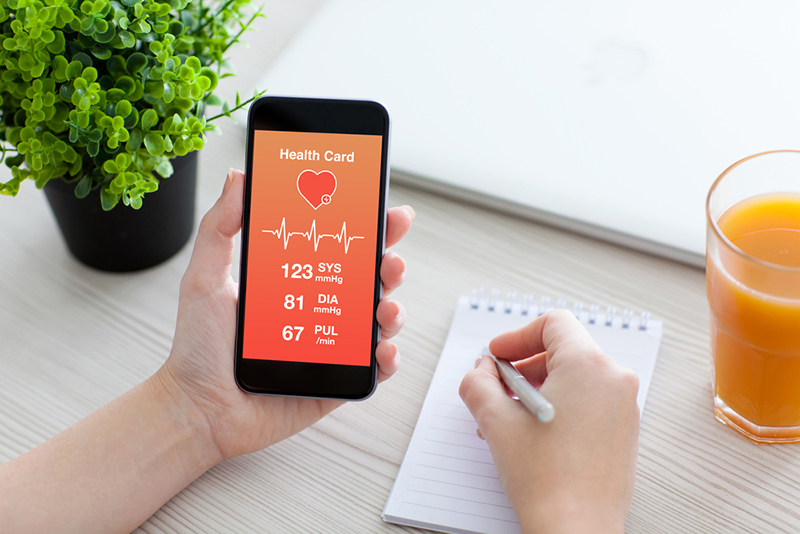Volume 32, Nº 4, July and August 2019
DOI: http://www.dx.doi.org/10.5935/2359-4802.20190061
REVIEW ARTICLE
Measuring Heart Rate During Exercise: From Artery Palpation to Monitors and Apps
Marcos Almeida
Altamiro Bottino
Plínio Ramos
Claudio Gil Araujo
Dr. Marcos Almeida

Abstract
The use of technology has increased tremendously, by means of more reliable, smaller, more accessible and specially more user-friendly devices, which provide a wider range of features, and promote significant benefits for the population and health professionals. It is in this context that monitors and apps for heart rate (HR) measurement have emerged. HR is a clinical vital sign of diagnostic and prognostic importance.In response to body movement, HR tends to increase, in a direct relationship with the intensity of exercise. HR was primarily measured by the count of arterial pulse, and recently, HR can be precisely measured by monitors, bracelets and smartphone apps capable to perform real-time measurements and storage of data. This paper aimed to make a brief and updated review on the theme, providing a broader view of advantages and limitations of these resources for HR measurement in exercise. HR monitors and apps use basically two types of technology, optical sensor (photoplethysmography) and electrical signal from the heart. In general, these devices have shown good accuracy in measuring HR and HR variability at rest, but there are differences between brands and models considering the type, mode and intensity of exercise. HR measurements by monitors and smartphone apps are simple, accessible and may help cardiologists in the monitoring of the intensity of aerobic exercise, focusing on health promotion and on primary and secondary prevention of cardiovascular diseases.
Keywords: Exercise; Heart Rate, Palpation; Exercise Therapy; Fitness Trackers; Monitoring, Physiologic.











